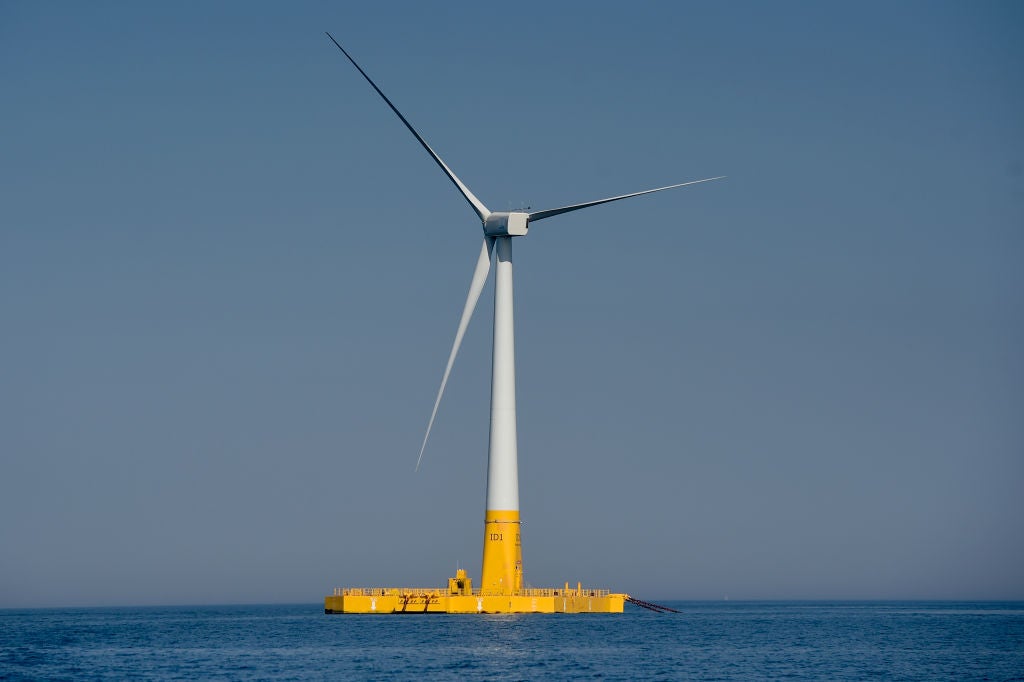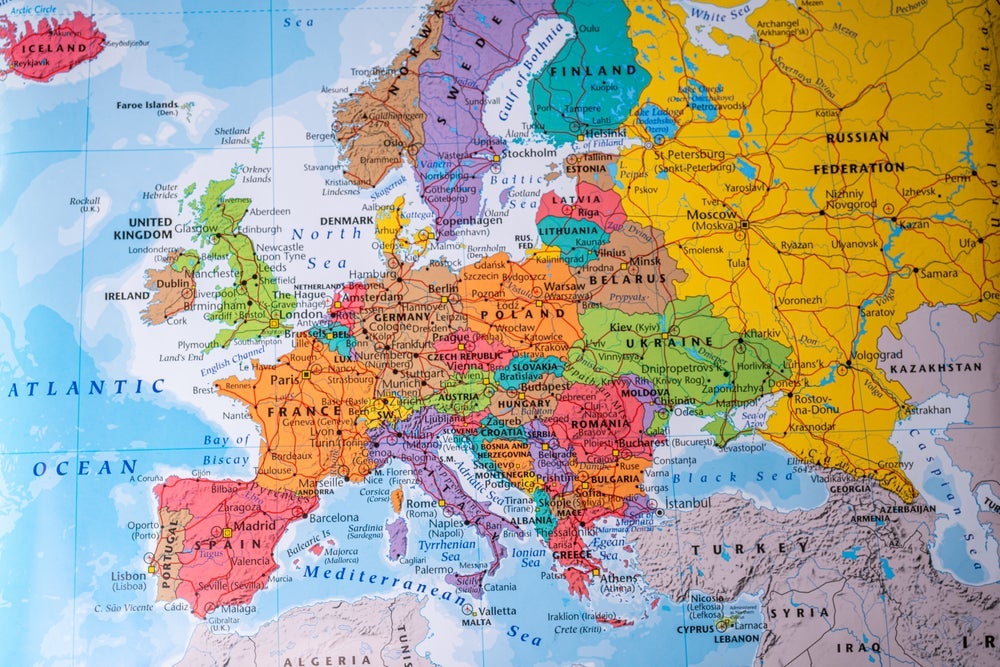California’s political leaders want the state to lead the world in floating offshore wind power. Legislation signed by Governor Gavin Newsom (D) in September 2021 directed the California Energy Commission (CEC) to establish offshore wind deployment planning goals, and the commission responded last August with the US’s most aggressive goal by far: 25GW by 2045.
Lawmakers instructed the CEC to write a strategic plan, due at the end of June, with chapters on transmission planning, permitting and other priorities to help guide the development of the nascent industry in the state. That process is moving forward, with an offshore wind permitting roadmap approved by the CEC earlier this month. California is doing what it did to become a global leader in energy efficiency and rooftop solar, electric vehicles and energy storage: set aggressive targets and rely on the state’s experienced regulators to implement that vision.
So far, so good. But listen to the people who work at the companies that are jostling to secure a piece of California’s offshore wind action and it becomes clear that a disconnect exists between the CEC’s – commendable – work to plan the industry’s future and industry expectations. At this month’s Pacific Offshore Wind Summit, convened by trade group Offshore Wind California in Sacramento, more than 700 attendees assembled to assess the industry’s progress on the US West Coast and to grab a few minutes in the halls with the many senior-level California and federal officials on hand for the event.
What was the industry’s message for those officials? They need long-term certainty to invest. Project developers, and companies up and down the supply chain, want to see more available sea space for projects and more auctions for wind leases in federal waters. The 25GW by 2045 goal is audacious but it is also just that, a planning goal, and one not backed by a state commitment to procure that power. The year 2045 may seem in the distant future but it is not much time to build what likely will be more than two-dozen offshore wind projects offshore California, using a technology – floating platforms – still on the cusp of commercialisation.
Central procurement for floating offshore wind?
What specifically does the industry want? To start, a guarantee that a buyer exists for the 25GW of wind power the state wants installed offshore by 2045. Unlike some states developing offshore wind power on the US East Coast – New York, Massachusetts and New Jersey – California is not itself procuring offshore wind power, yet.
See Also:
A bill pending in the California Assembly (AB 1373), which is supported by industry groups such as Offshore Wind California and is similar to a proposal from Governor Newsom, would require the California Public Utilities Commission (CPUC) by 1 September 2024, and every two years thereafter, “to determine if there is a need for the procurement of additional offshore wind and geothermal energy resources”. The CPUC could then authorise the state Department of Water Resources (DWR) to issue bonds to buy enough offshore wind and geothermal power to meet the commission’s long-term resource adequacy targets, which call for at least 4,700MW of offshore wind to be added to the state’s power mix by 2035.
How well do you really know your competitors?
Access the most comprehensive Company Profiles on the market, powered by GlobalData. Save hours of research. Gain competitive edge.

Thank you!
Your download email will arrive shortly
Not ready to buy yet? Download a free sample
We are confident about the unique quality of our Company Profiles. However, we want you to make the most beneficial decision for your business, so we offer a free sample that you can download by submitting the below form
By GlobalDataAccording to AB 1373’s author, Assembly member Eduardo Garcia (D), enabling DWR to act as the state’s central procurement entity for offshore wind “is likely to lead to lower costs to ratepayers for these higher-value resources than the utilities could achieve on their own, due to state bonding authority, state tax breaks, and minimizing project development risk by having a state entity negotiating contracts”. The Assembly approved AB 1373 on 26 May. It must now be approved by the Senate before it would be sent to Newsom for his signature.
The “elephant in the room”
An even bigger question than who would buy the 25GW of offshore wind power planned for 2045 is: How will the power be delivered to the grid? One of the first two offshore wind energy areas identified by the federal Bureau of Ocean Energy Management in California is in Humboldt County, a remote, sparsely populated part of the state with limited local electricity demand and no existing capacity to send offshore wind power to more populated areas further south.
The “elephant in the room” is transmission, with no option off the table, Elizabeth Huber, director of the California Energy Commission’s Siting, Transmission, and Environmental Protection Division, said at the Sacramento summit. Arne Jacobson, director of the Schatz Energy Research Center at California State Polytechnic University, Humboldt, explained at the same event that the grid in northern California and southern Oregon was designed to carry electricity west from Interstate 5, a key north-south highway corridor, to small cities and towns on the Pacific Coast. Options under consideration include building new power lines across the region’s rugged, forested “Redwood Curtain” to carry offshore wind power east or burying an undersea cable along the coast from Humboldt County south to the San Francisco Bay Area.
Decision time for California's offshore wind
California’s political leaders have created a bold vision for a thriving floating offshore wind industry in the state. But if California is to have any chance of meeting these ambitious targets, big decisions must be made soon. Companies are unlikely to invest in new turbine blade manufacturing plants or port infrastructure until they see a pipeline of projects backed by state commitment to procure the resulting power.
On transmission, it could take a decade or more to approve and build new grid connections for the state’s planned offshore wind farms. Off California’s Central Coast, planned offshore wind farms can feed into the grid infrastructure serving the soon-to-retire Diablo Canyon nuclear power plant. In Northern California, no such plug-in point is waiting, and officials still haven’t settled on the preferred transmission route – over land or undersea.
Lawmakers should give the industry certainty – via AB 1373 or a similar proposal – that at least 25GW of offshore wind will be built over the next two decades. And Governor Newsom should reach out to his counterparts in Oregon and Washington, as well as senior officials in the Biden administration, to accelerate movement on a regional offshore wind transmission strategy. California doesn’t have any time to waste.










Related Company Profiles
California State Polytechnic University
C E C INC
Department of Water Resources
Offshore Wind California